Recent FDA regulations have targeted certain McDonald’s items due to the presence of artificial dyes, causing a stir among fast-food enthusiasts. These bans reflect growing concerns over food additives and their impact on health. Here’s a look at the five items affected by the ban and the reasons behind their removal.
Mocha Frappe’s Secret Ingredient
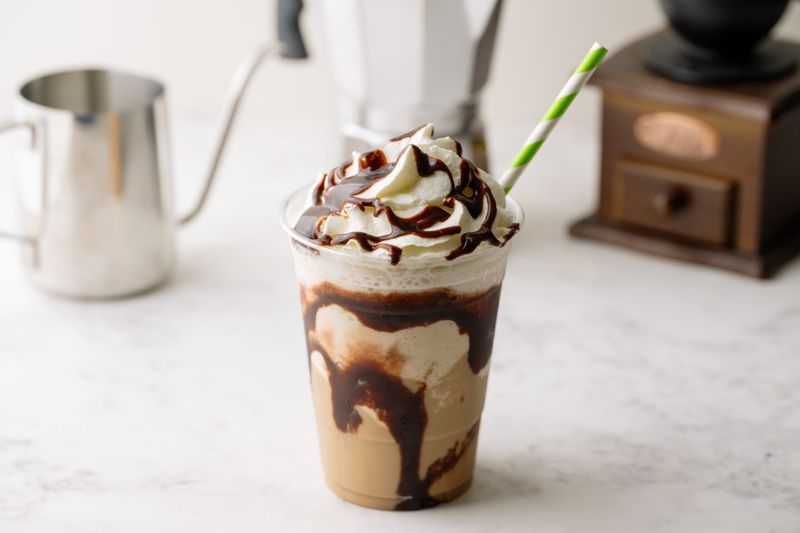
The Mocha Frappe was known for its rich, chocolatey flavor. However, the inclusion of artificial dyes in its composition has led to its recent ban by the FDA. These dyes were used to enhance the visual appeal, making the beverage look more enticing. Health concerns over these additives have prompted action, emphasizing the need for natural ingredients.
The decision to ban this popular beverage has left many customers disappointed. Fans of the Mocha Frappe are now left searching for alternatives that offer similar satisfaction without compromising health. The move signals a shift in the food industry towards transparency and safety.
In the past, artificial dyes were often overlooked in favor of taste and appearance. Today, however, there is a growing awareness and demand for products that prioritize wellness. The Mocha Frappe’s removal serves as a reminder of the ongoing evolution in food safety standards.
M&M McFlurry’s Colorful Controversy
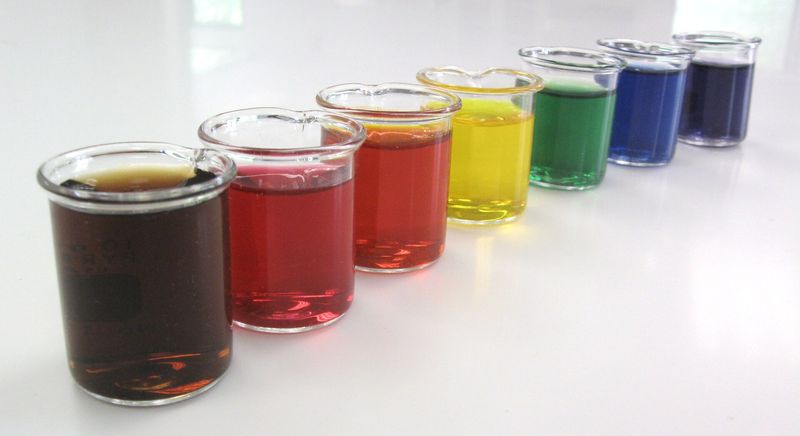
The M&M McFlurry, once a staple dessert at McDonald’s, is now at the center of controversy. Artificial dyes used to color the iconic M&Ms have been scrutinized for potential health risks. The FDA’s recent ban reflects a growing concern and a push for safer, dye-free alternatives.
Many customers are nostalgic about the M&M McFlurry’s creamy texture and delightful burst of colors. This ban has sparked debates about food safety and the future of beloved fast-food items. The decision to remove this item underscores a commitment to health and wellness.
As consumers become more informed, the demand for transparency and natural ingredients grows. The M&M McFlurry’s colorful controversy highlights the challenges the food industry faces in balancing tradition with modern safety standards.
Fanta Orange’s Vibrant Sunset Glow
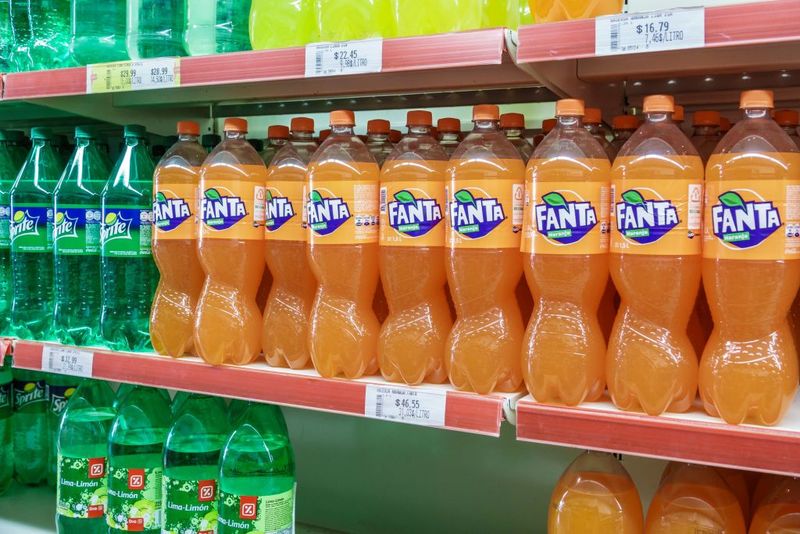
Fanta Orange, renowned for its vibrant hue, has been a favorite among soda enthusiasts. The FDA’s recent decision to ban this beverage highlights concerns over artificial dyes used to achieve its signature color. These dyes have been linked to various health issues, prompting a reevaluation of their use in beverages.
The ban leaves fans of Fanta Orange looking for new options that offer the same refreshing taste without the artificial colors. This move is part of a broader effort to promote healthier beverage choices.
The removal of Fanta Orange from shelves serves as a wake-up call for consumers and manufacturers alike. It signifies a shift towards prioritizing health over aesthetic appeal, driving innovation in the beverage industry.
Hi-C Orange Lavaburst’s Fluorescent Farewell
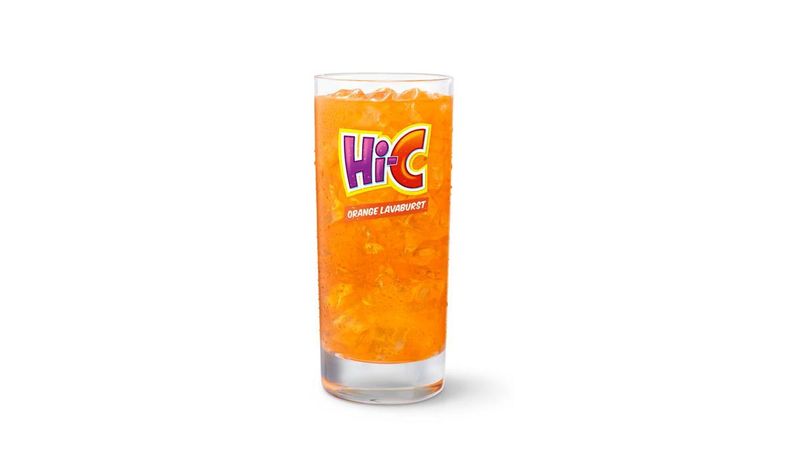
Hi-C Orange Lavaburst’s fluorescent color has long been a visual delight for customers. However, the FDA’s recent ban over its artificial dyes marks the end of an era. These additives have raised health concerns, leading to increased scrutiny and regulation.
Fans of Hi-C Orange Lavaburst are saddened by its departure, as it was a childhood favorite for many. The ban is part of a larger trend towards cleaner labels and healthier ingredients in the food and beverage industry.
The discontinuation of this drink represents a broader movement towards transparency and safety in consumer products. It encourages both brands and consumers to explore healthier, dye-free alternatives.
Shamrock Shake’s Lucky Charm Runs Out
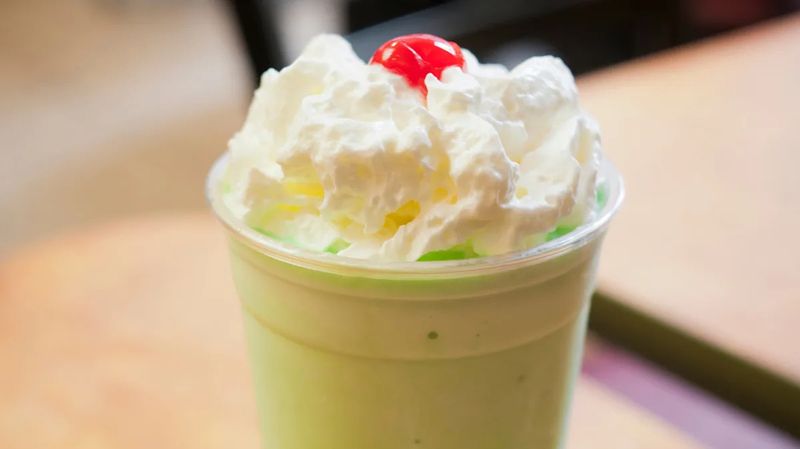
The Shamrock Shake, a seasonal favorite, has been affected by the FDA’s crackdown on artificial dyes. Known for its vibrant green color, this shake’s appeal has been dampened by concerns over its synthetic colorants.
Fans of the Shamrock Shake, synonymous with St. Patrick’s Day celebrations, are disappointed. The ban highlights the ongoing battle between tradition and modern health standards, pushing the industry towards more natural options.
As consumers demand transparency and safer ingredients, the Shamrock Shake’s removal serves as a call to action for brands. It is a reminder of the importance of aligning product offerings with evolving health and safety expectations.
Leave a comment